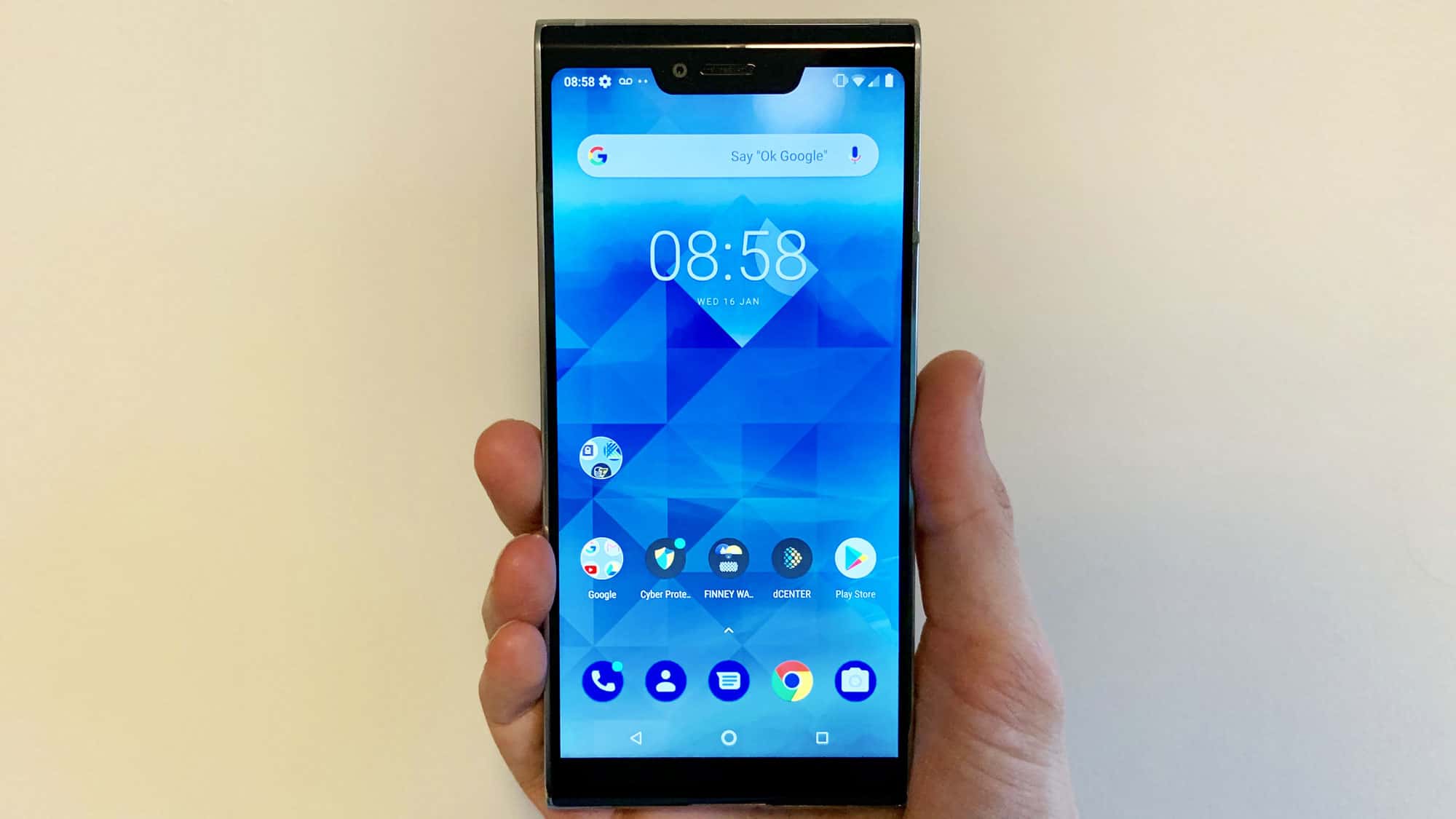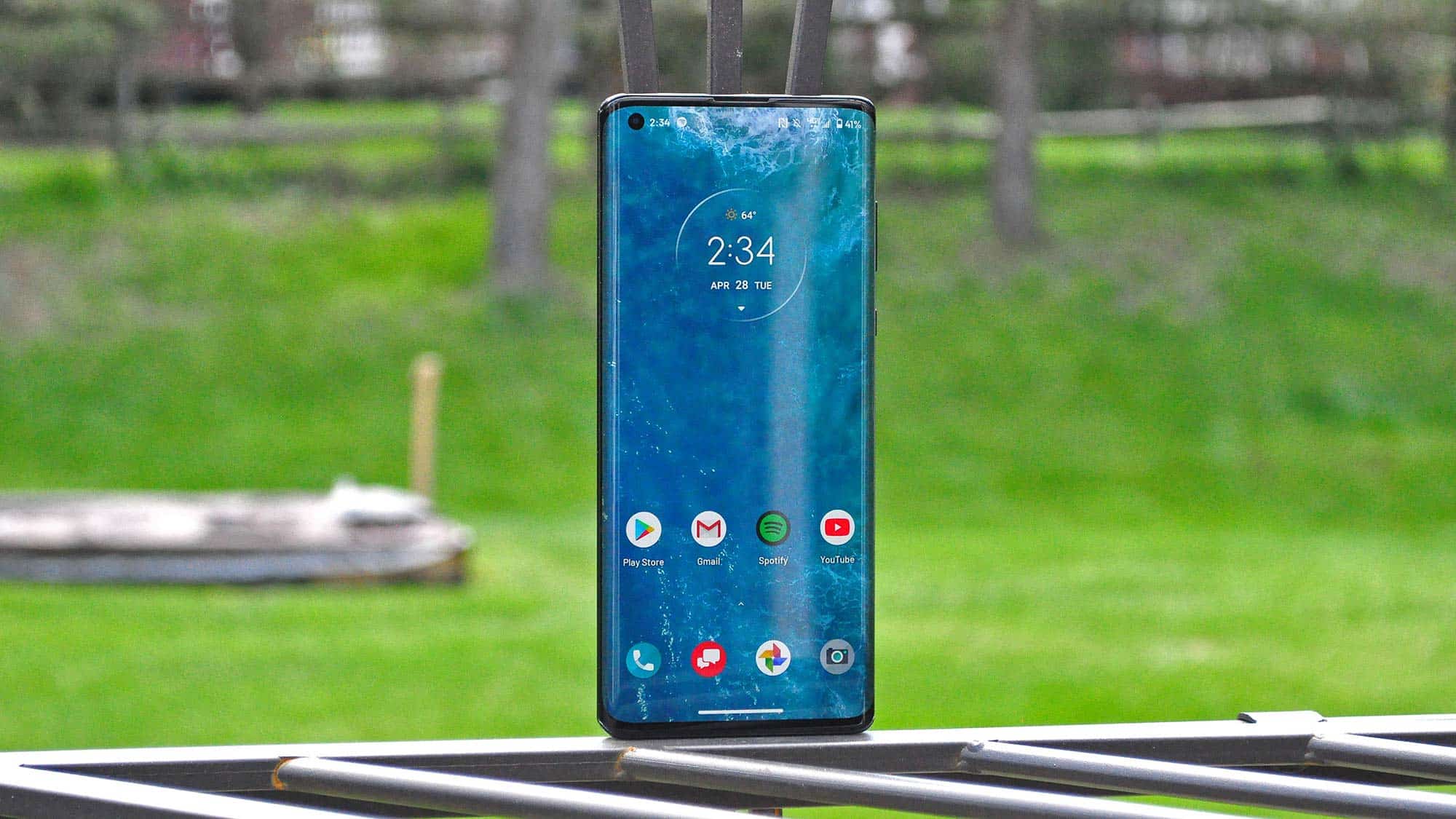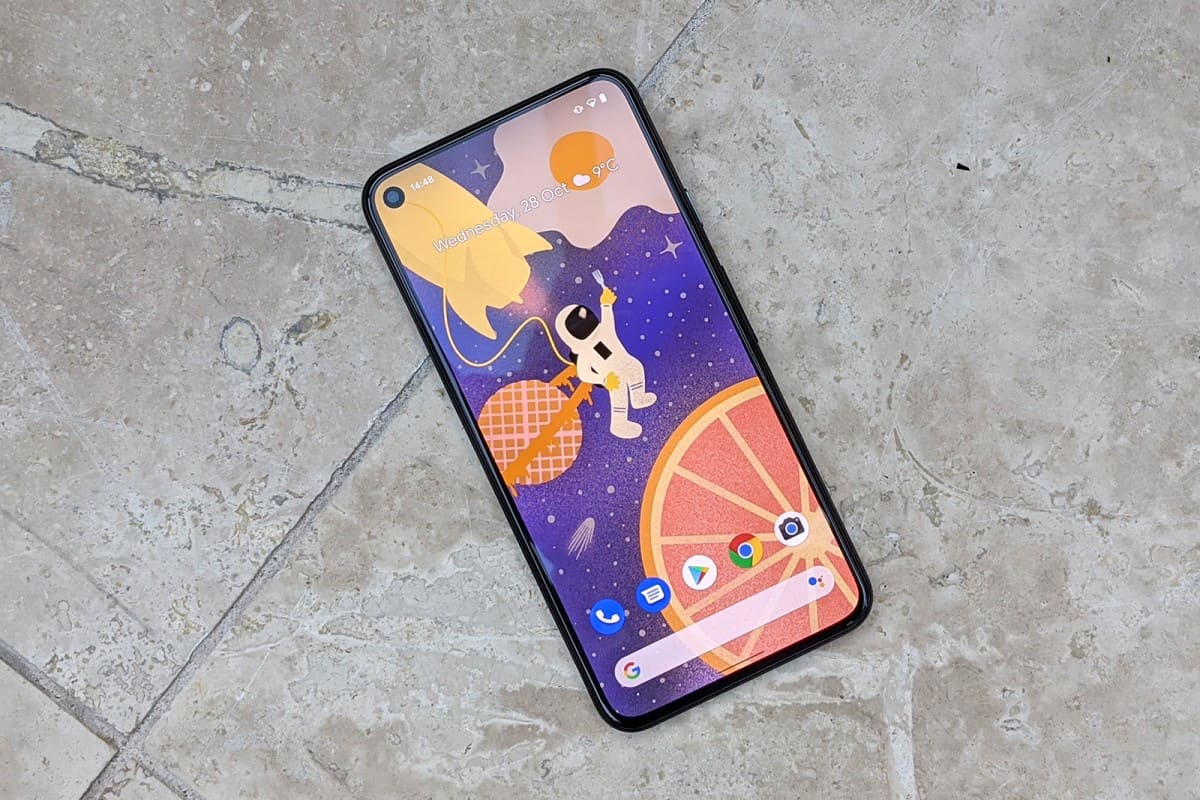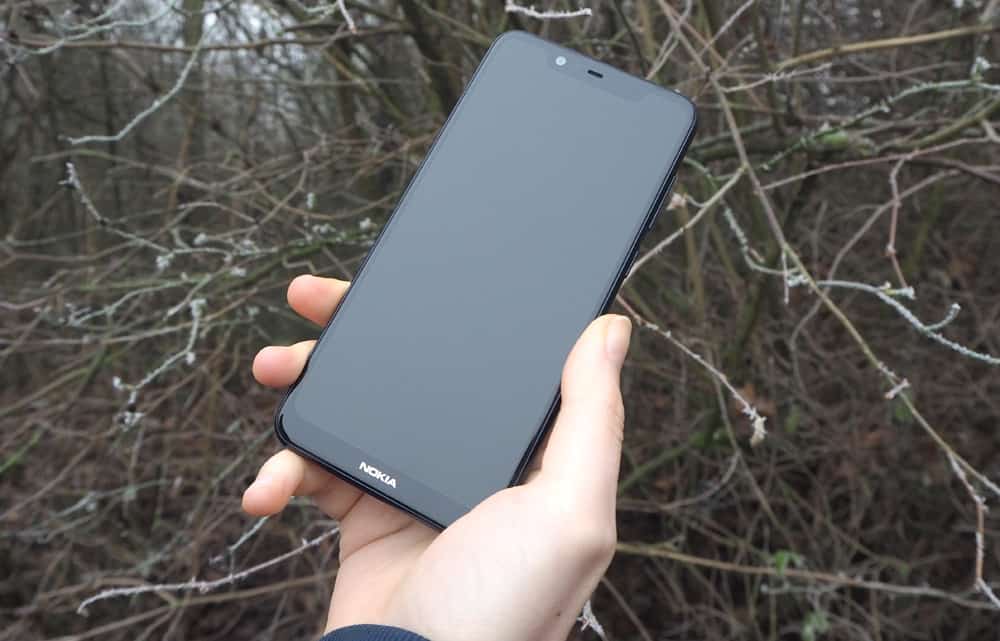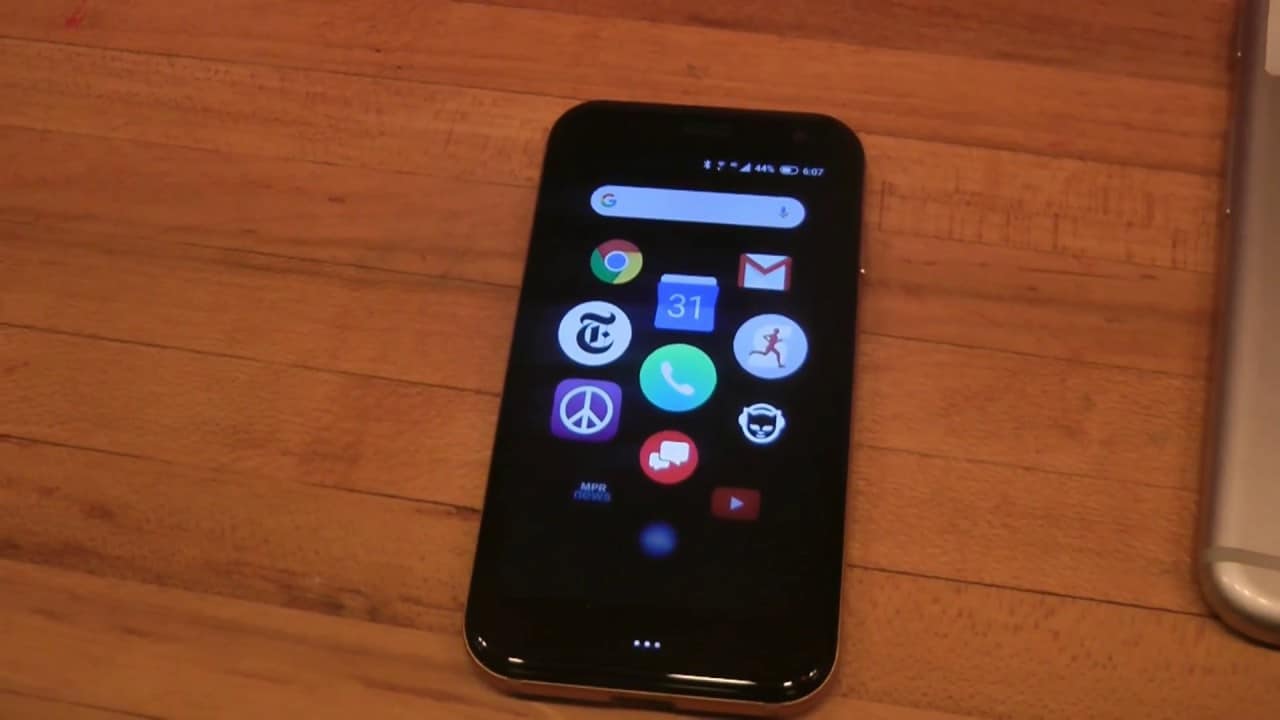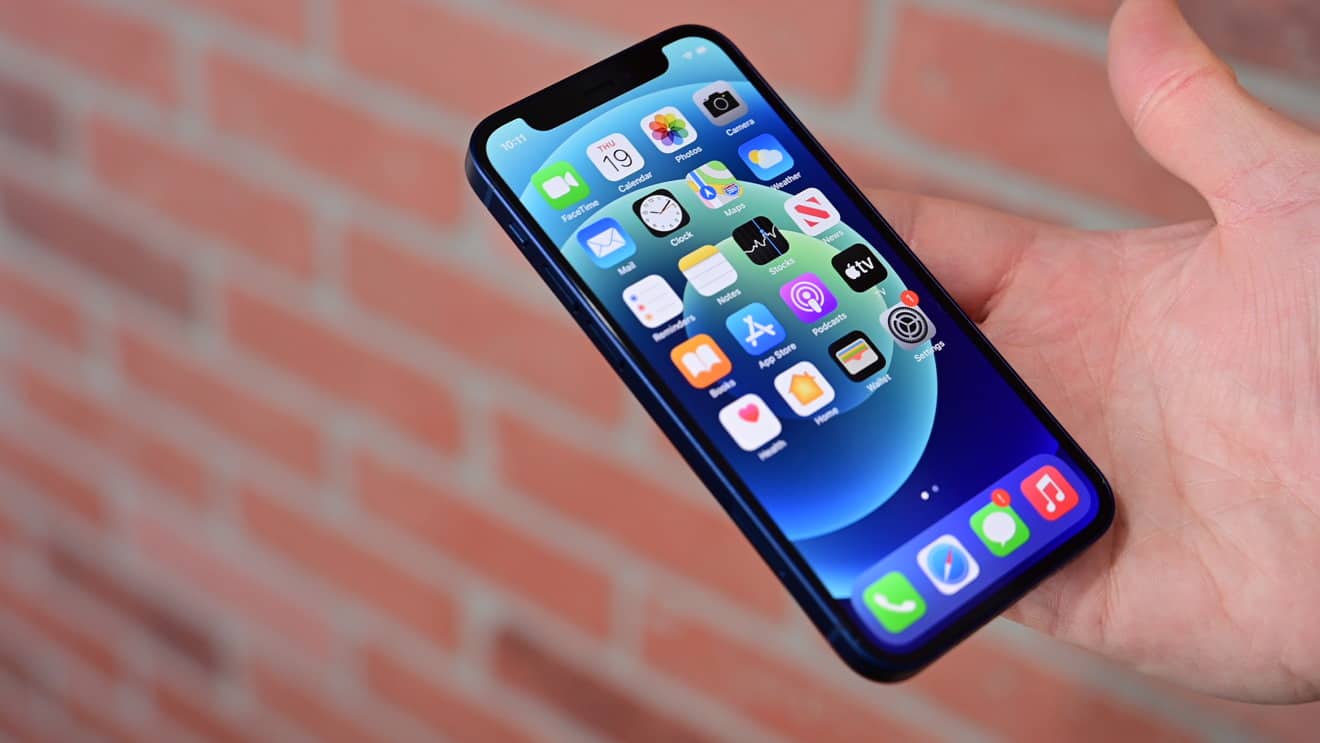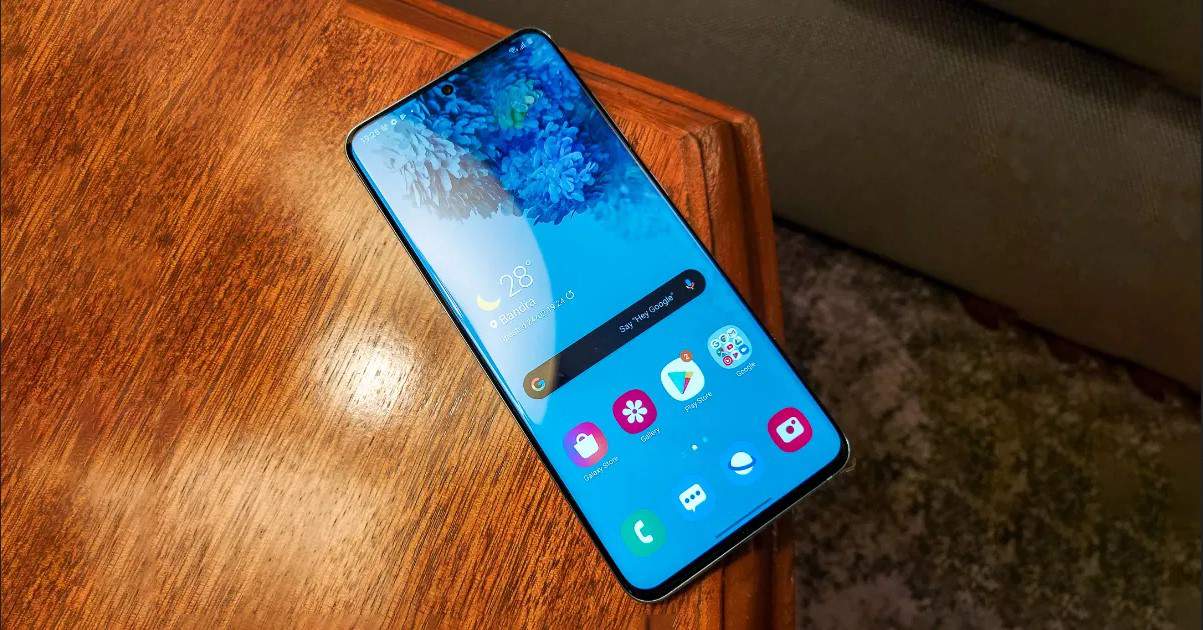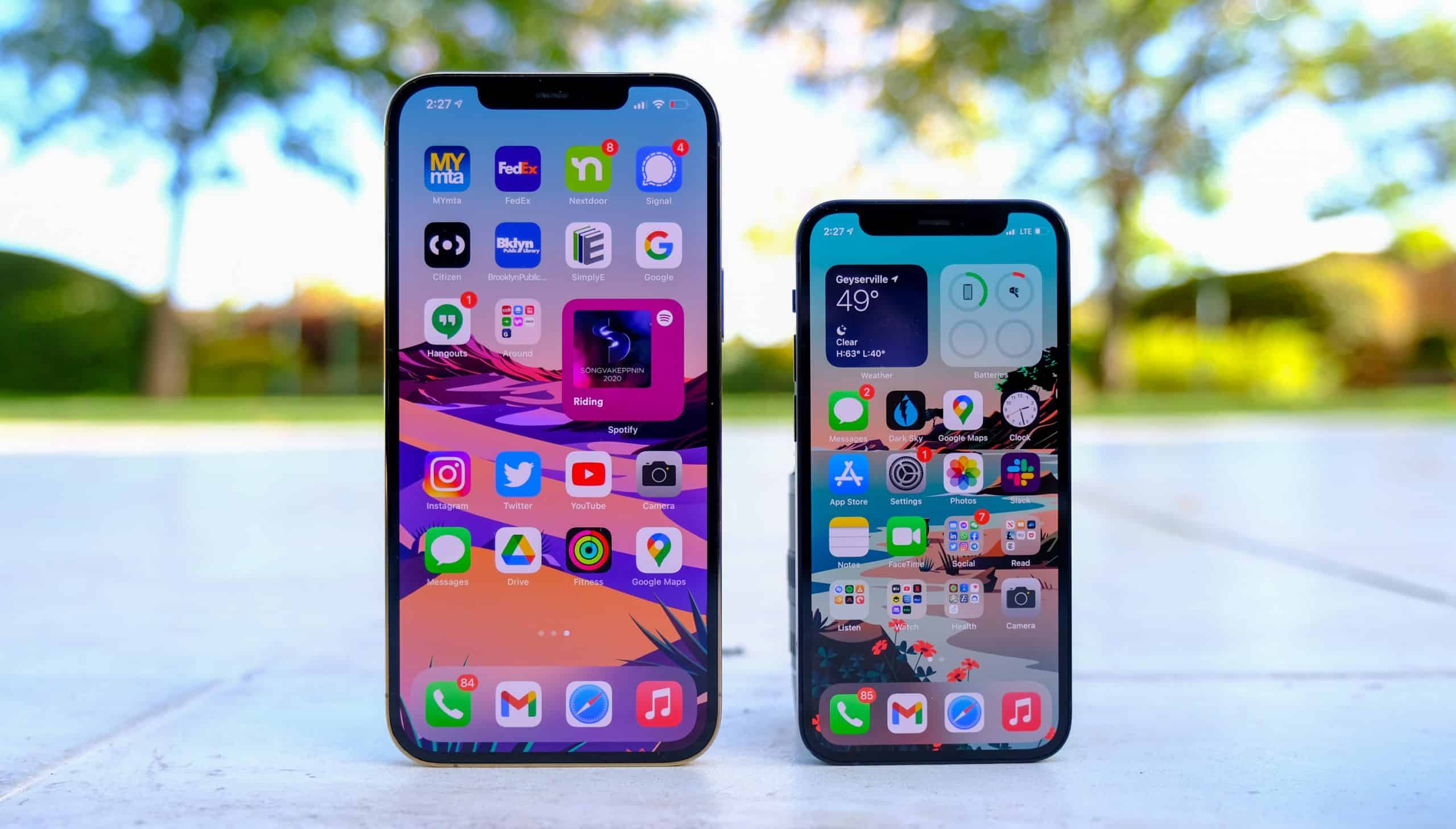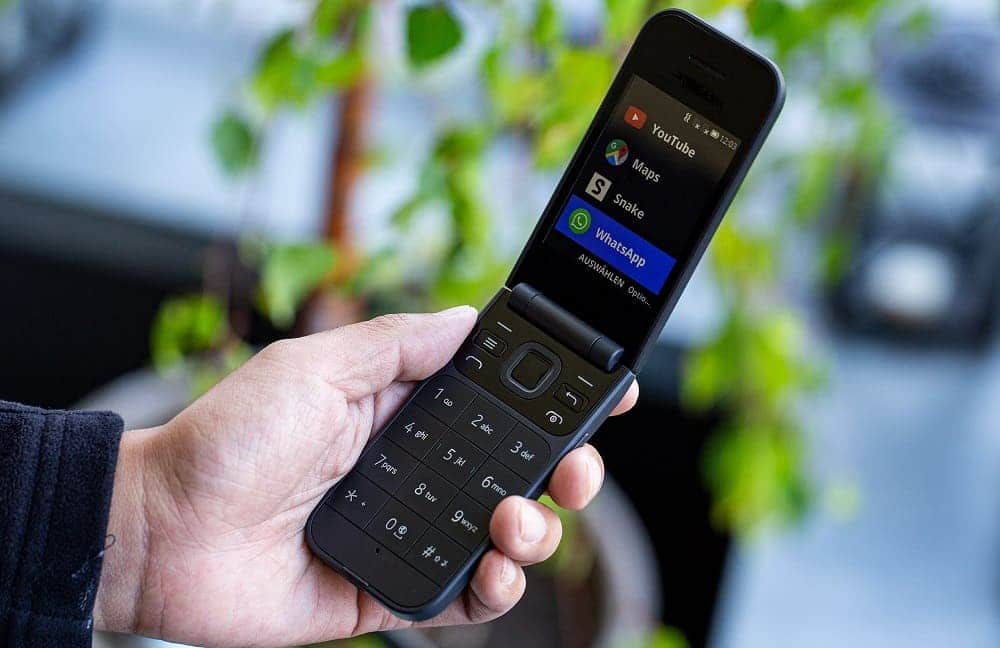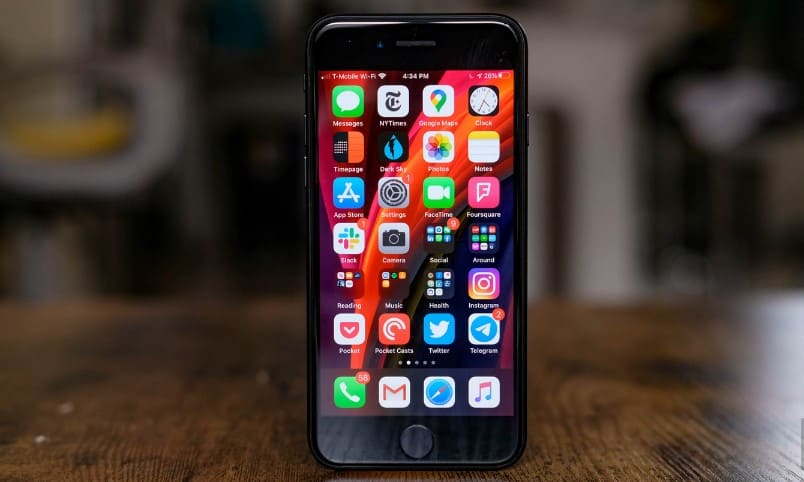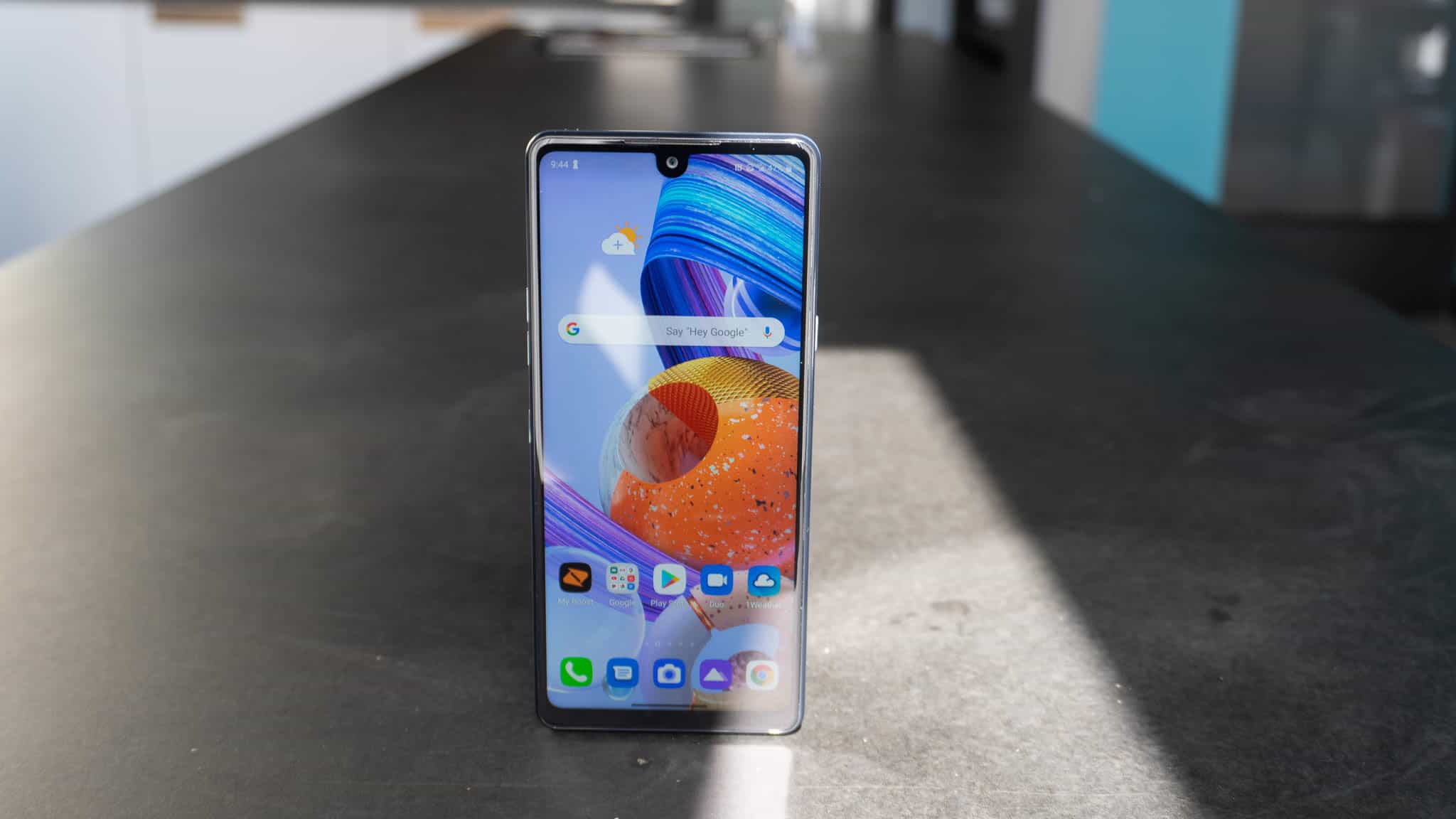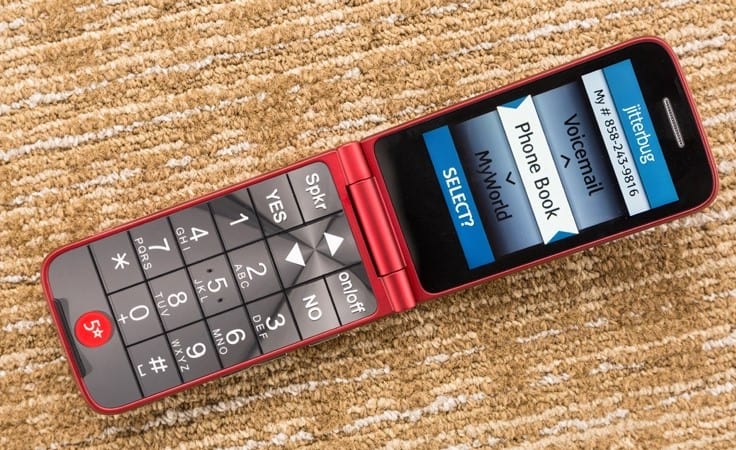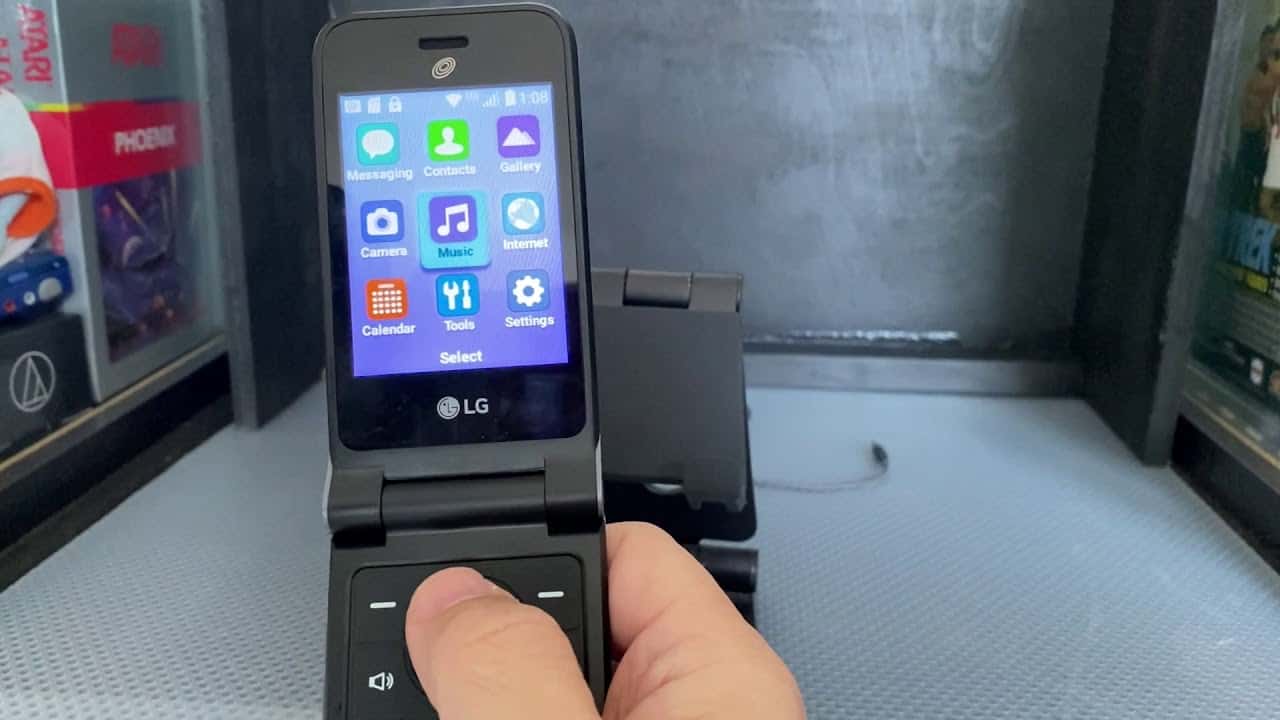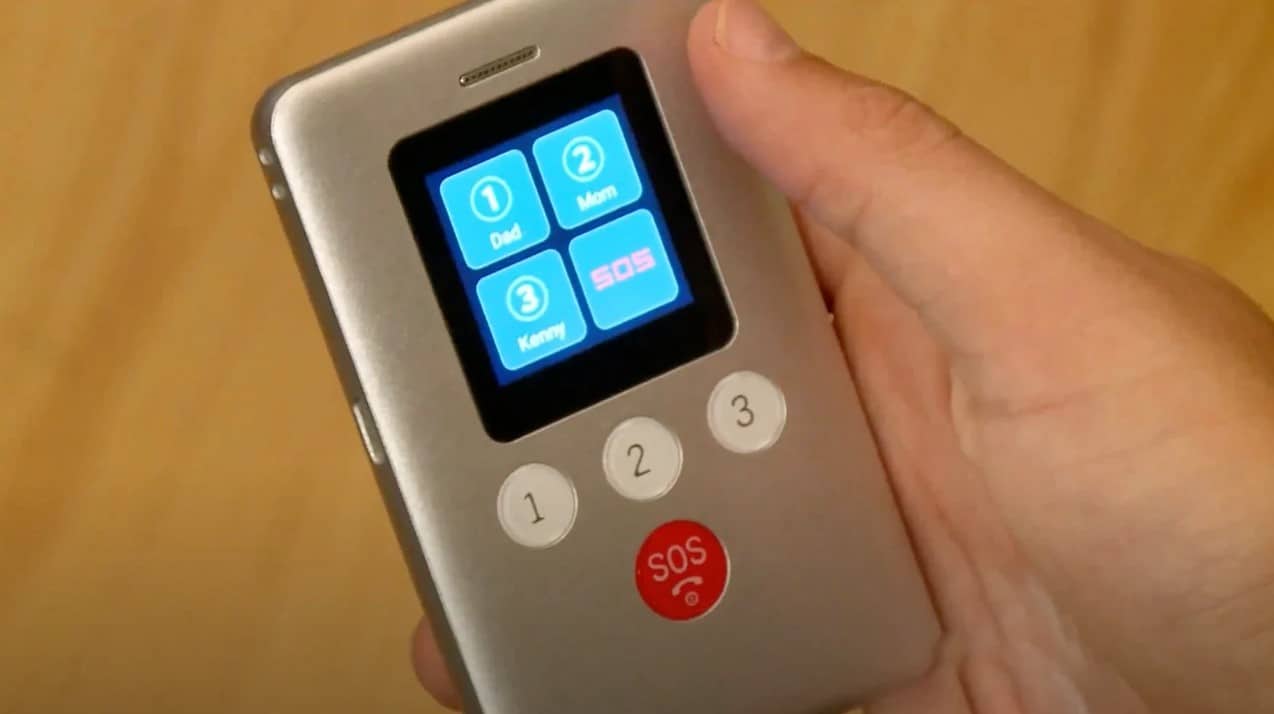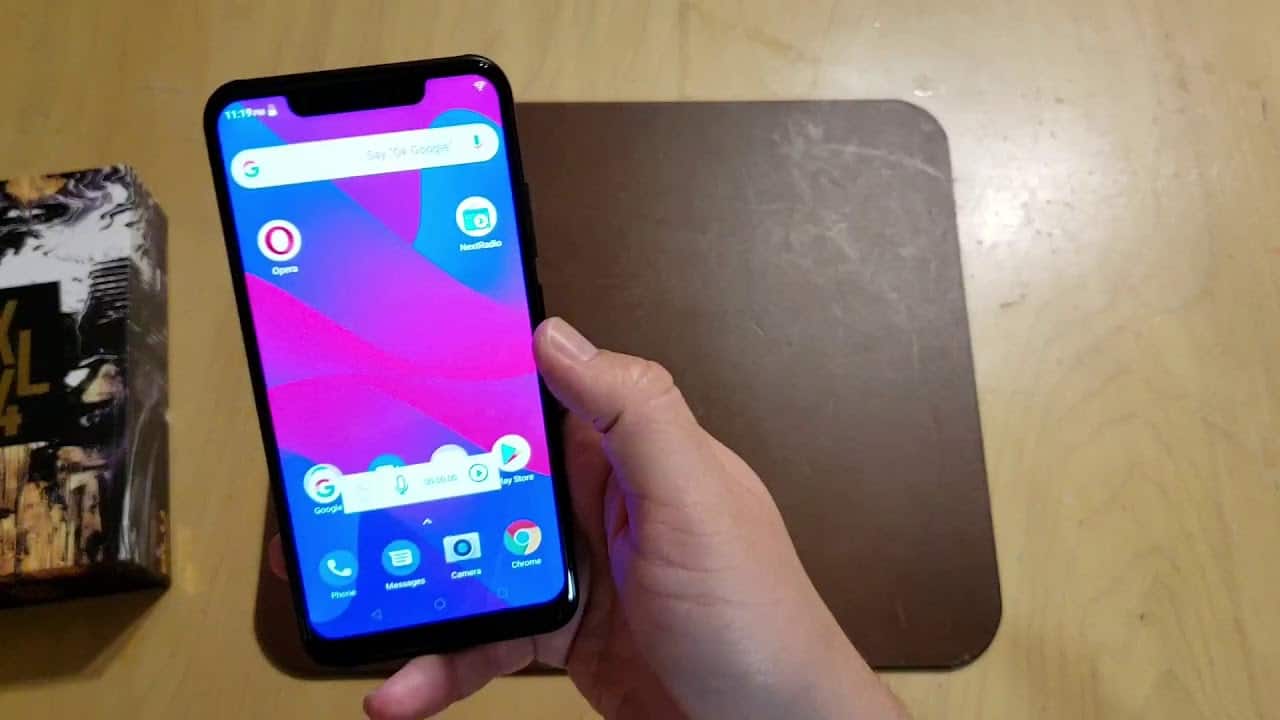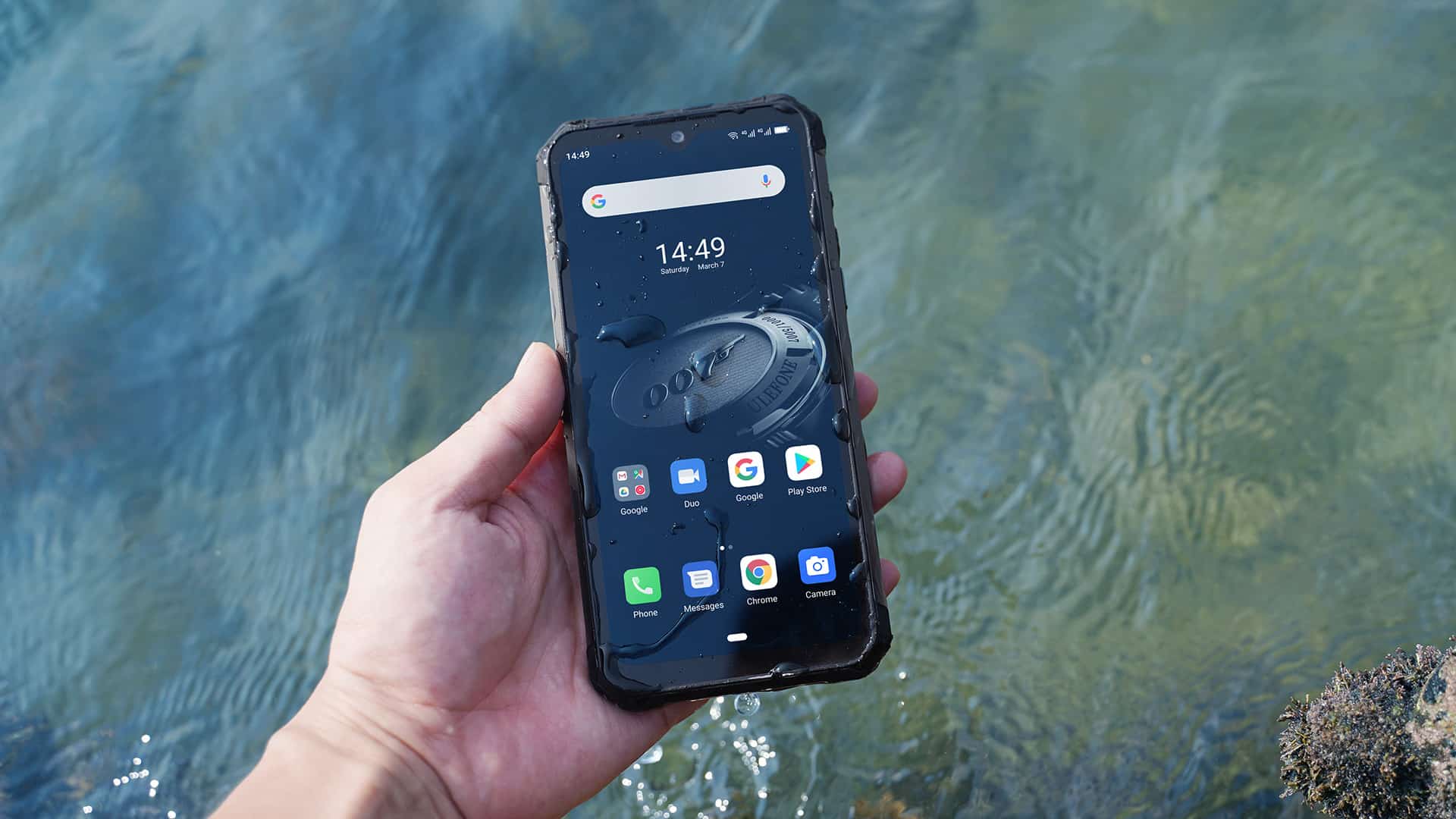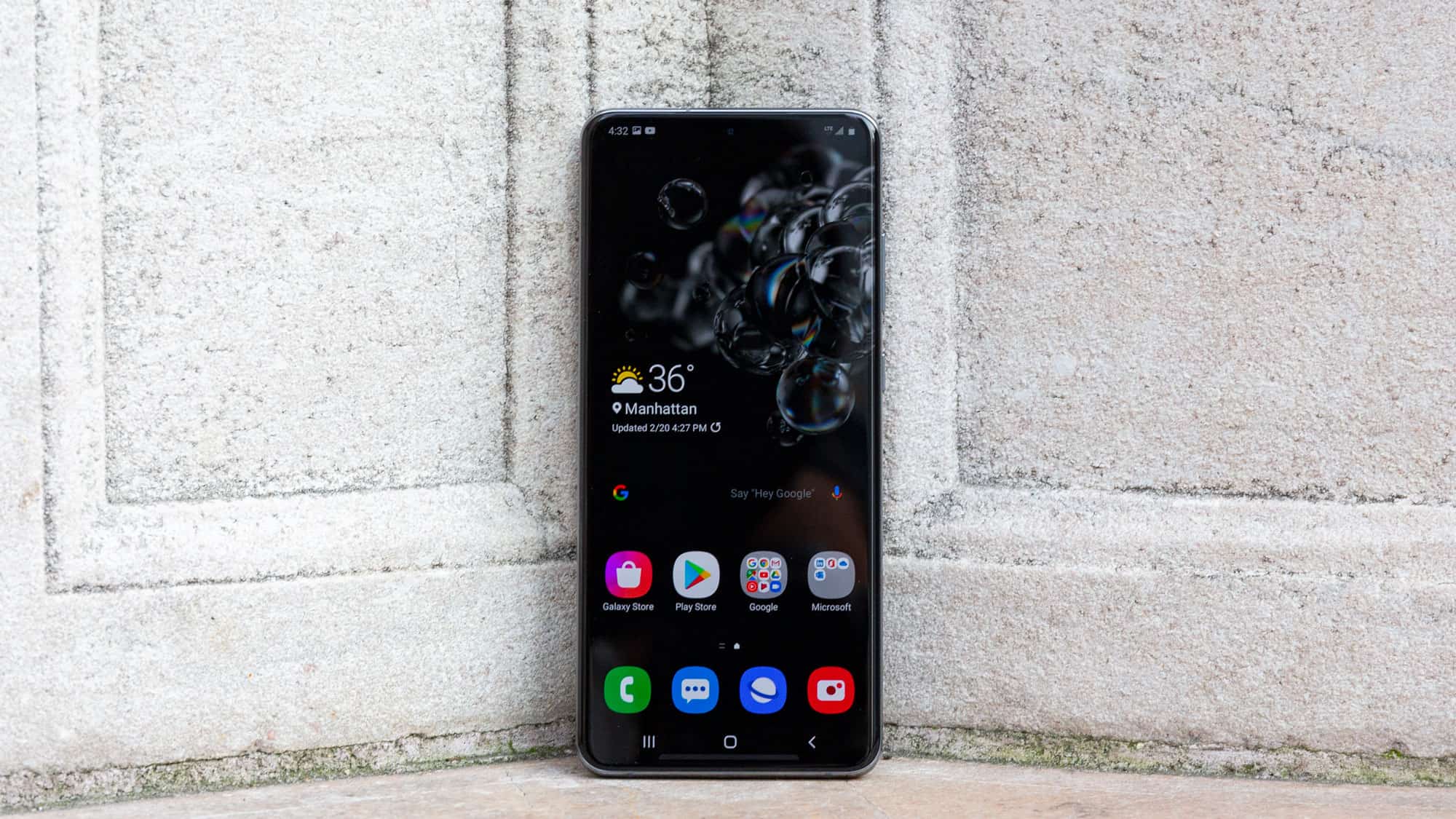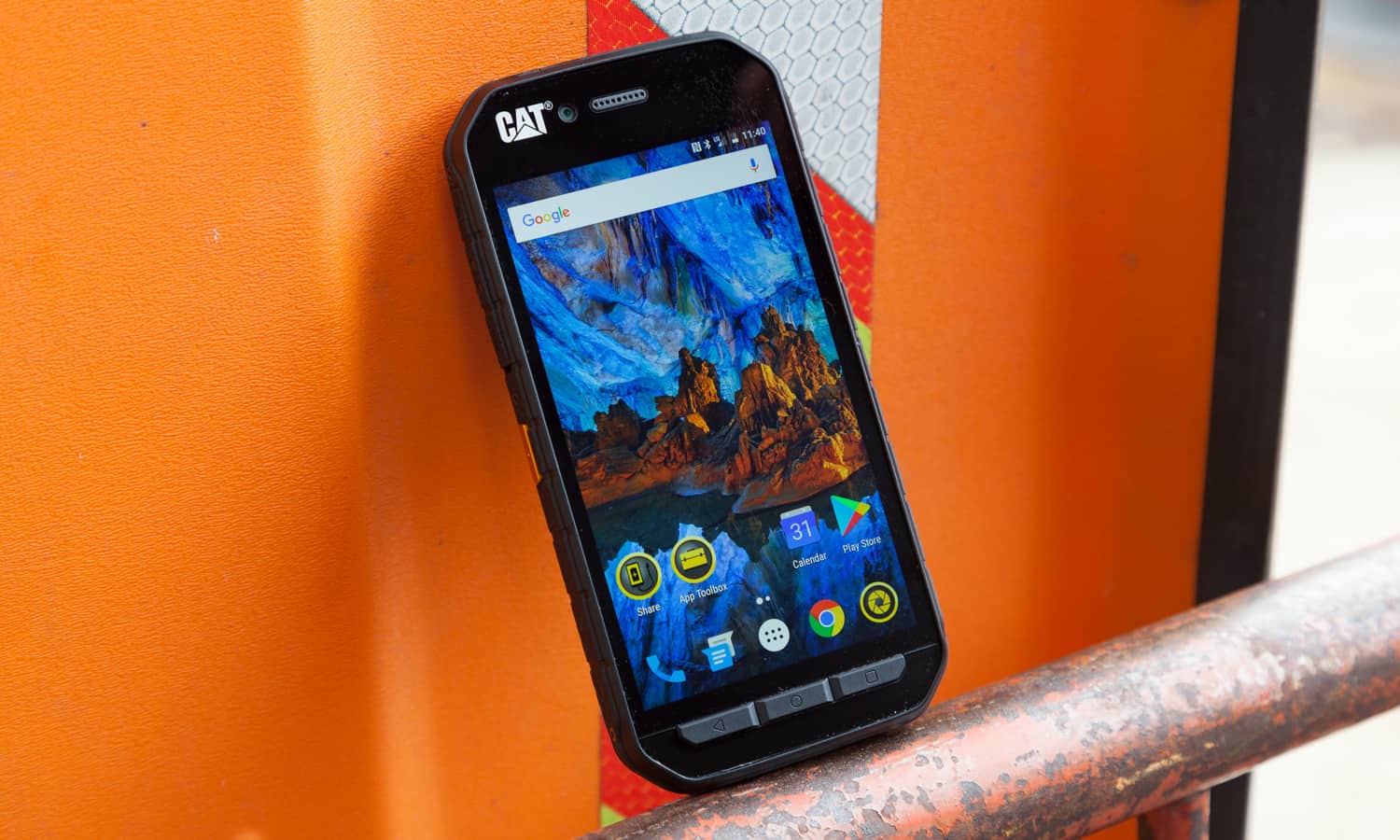There are a number of ways in which a smartphone can become bricked. Here are some tips so you can figure out if your phone is bricked and what to do if it is.
KEY TAKEAWAYS:
- Most carrier-affiliated insurance plans cover bricked phones
- Manufacturer warranties may or may not cover bricking
- Check if mechanical failure is covered before you file a claim
- It can be helpful to take the broken device to a repair shop for data recovery
Types of Bricking
When a mobile device stops working without obvious physical damage, it usually means either a software fault is preventing the device from booting up, or else there is hardware damage or a defect such as a faulty logic board. A smartphone insurance plan may help, but let’s first look at the types of bricking.
Hard Bricking
If a device is hard bricked, it does not power on or shows any manufacturer logo on the screen. Causes of hard bricking include corrupted firmware, an interrupted or improper flashing procedure, and, more rarely, a malicious software attack. A “hard-bricked” mobile phone or other device is more difficult to recover and may require using external interface systems. If your phone is hard bricked and you have insurance, look to see if your coverage includes mechanical defects. This could even mean some type of property insurance.
Soft Bricking
Soft bricking means the device shows some lifelike it will begin to power on and show a company logo or the screen may light up, but it won’t boot successfully. This can occur due to errors in software updating, installing incompatible software, a data security measure such as the iOS “Activation Lock” feature, or sometimes because of discontinued manufacturer support or expired security certificates. A device may also be soft-bricked on purpose, such as the case with the Samsung Galaxy Note7.
Recovery vs. Replacement
In the case of a soft-bricked phone, it may be possible to recover and unbrick the phone yourself or through a retailer or independent service provider. Often, if you can connect the phone to your PC or laptop via a USB port, you can reinstall the operating system and reset the device settings. Check to make sure you have backed up or performed data recovery before taking this step, as it may wipe any data on the phone’s internal storage.
If you have a hard-bricked phone however you may find it worthwhile to try and get a new phone through insurance rather than paying for a complicated recovery attempt that may or may not work. If you’re an AT&T customer you will want to know how to activate your insurance replacement phone.
What to Do Before Filing an Insurance Claim
When you go to file an insurance claim for a bricked device, the first step in the claims process is to check and see if mechanical defects or damage is covered. If so, you should be able to file a successful mobile phone insurance claim for your bricked phone, even if you suspect the malfunction is due to a cyber-attack or malware. Depending on the policy, it may be easier to get a replacement device if there is water damage or other physical damage.
Document the Problem
Insurance carriers may differ on how they define mechanical defects and damage. If you aren’t sure, it’s best to get some documentation from an authorized repair provider. Most mobile insurance plans cover irreparable damages from drops and spills, as well as defects that make the phone unusable. In general, they don’t cover issues such as poor device performance after OS upgrades.
Data Recovery
While data recovery may not be covered by insurance, it’s often a useful and necessary step when dealing with a bricked mobile phone. Especially if your device is soft bricked or if you suspect the cause of the bricking is a cyber incident, you may want to take the mobile phone to an authorized repair shop or cybersecurity and data recovery specialist. You’ll want to make sure that your cloud data is accessible and secure, and that any malicious software on the bricked device isn’t posing a security threat to personal information, passwords, and other data you may have on the cloud. This minimizes security risks to your other electronic devices.
F.A.Q.S
What does bricked mean?
In terms of electronic devices, bricked refers to a hardware or software malfunction that leaves the device completely unusable, such that it becomes an inert, rectangular object, somewhat like a brick.
Can you file an insurance claim on bricked devices?
In general, if your insurance covers mechanical failure, then yes, you can file a mobile phone insurance claim. If your device is soft-bricked after an interrupted or failed update, you may be able to recover it, however.
Can a bricked phone be recovered?
It depends on the type of brick. A soft-bricked phone can generally be recovered by resetting the firmware and reinstalling the OS. A hard-bricked phone may be difficult to recover.

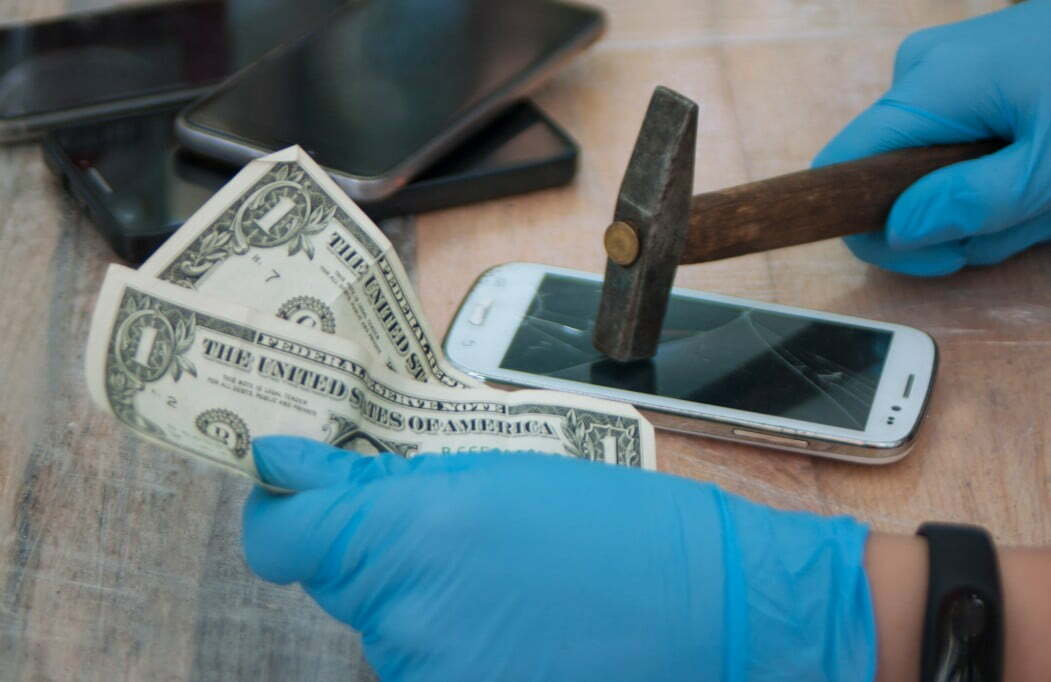















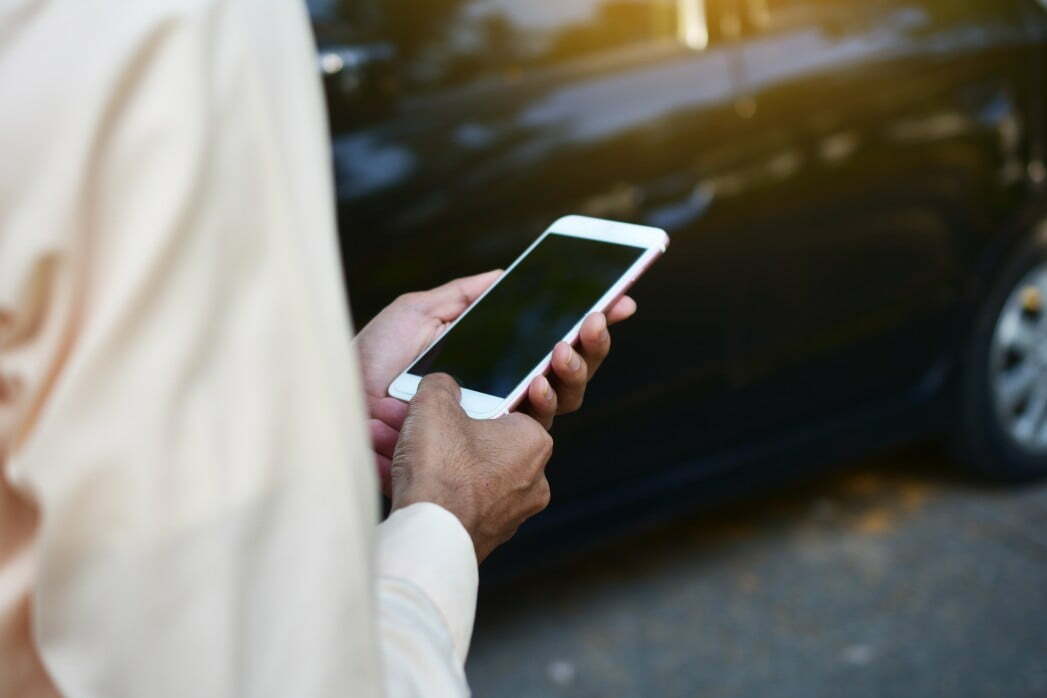








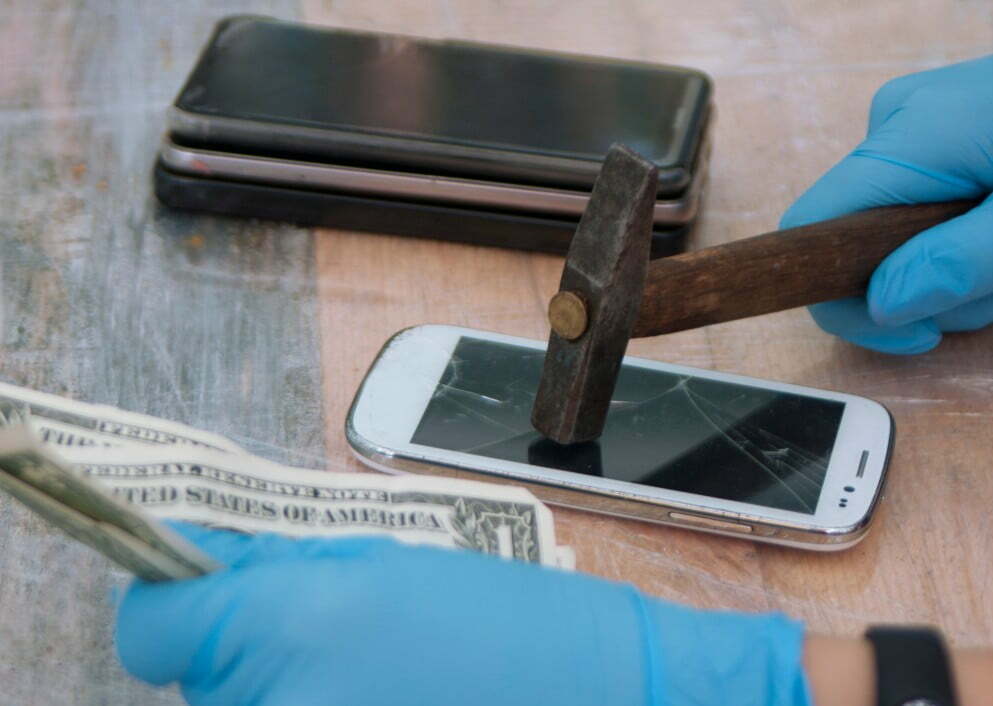
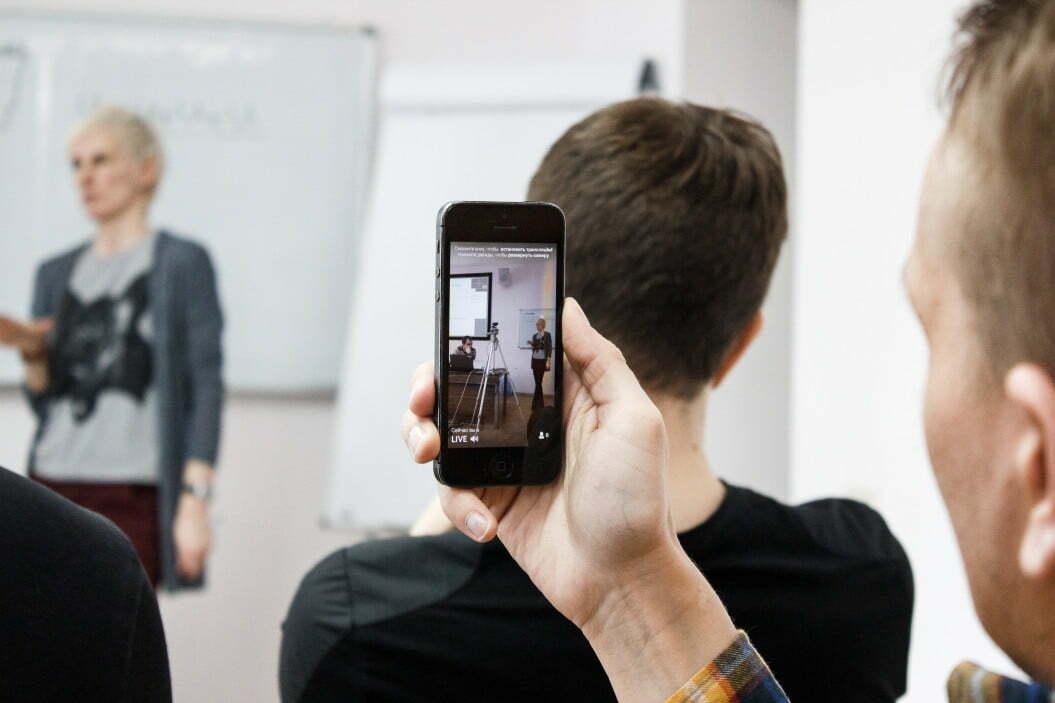







![Best Cell Phone Cases in [year] ([month] Reviews) 27 Best Cell Phone Cases in 2026 (January Reviews)](https://www.gadgetreview.dev/wp-content/uploads/Gresso-Revolution-Bumper-Case-for-iPhone-5-b-650x406-1.jpg)
![Best Bluetooth Headsets in [year] ([month] Reviews) 28 Best Bluetooth Headsets in 2026 (January Reviews)](https://www.gadgetreview.dev/wp-content/uploads/best-bluetooth-headsets-image.jpg)
![Best iPhone in [year] ([month] Reviews) 29 Best iPhone in 2026 (January Reviews)](https://www.gadgetreview.dev/wp-content/uploads/best-iphone-image.jpg)
![Best Android Phone in [year] ([month] Reviews) 30 Best Android Phone in 2026 (January Reviews)](https://www.gadgetreview.dev/wp-content/uploads/best-android-phone-image.jpg)
![Best Cell Phone Plans in [year] ([month] Reviews) 31 Best Cell Phone Plans in 2026 (January Reviews)](https://www.gadgetreview.dev/wp-content/uploads/verizon-reviews.png)
![Best Credit Cards with Cell Phone Insurance in [year] 32 Best Credit Cards with Cell Phone Insurance in 2026](https://www.gadgetreview.dev/wp-content/uploads/best-credit-cards-with-cell-phone-insurance-image-1.jpg)
![Best Smartphone in [year] ([month] Reviews) 33 Best Smartphone in 2026 (January Reviews)](https://www.gadgetreview.dev/wp-content/uploads/MagCase-Is-The-Worlds-Thinnest-Phone-Case-1.jpg)
![Best iPhone Battery Cases in [year] ([month] Reviews) 34 Best iPhone Battery Cases in 2026 (January Reviews)](https://www.gadgetreview.dev/wp-content/uploads/best-iphone-battery-cases-image.jpg)
![10 Best Rugged Smartphones in [year] 35 10 Best Rugged Smartphones in 2026](https://www.gadgetreview.dev/wp-content/uploads/best-rugged-smartphone.jpg)
![10 Most Secure Phones in [year] 36 10 Most Secure Phones in 2026](https://www.gadgetreview.dev/wp-content/uploads/Most-Secure-Phone.jpg)
![10 Best Selfie Camera Phones in [year] 37 10 Best Selfie Camera Phones in 2026](https://www.gadgetreview.dev/wp-content/uploads/best-selfie-camera-phone.jpg)
![10 Best Dual SIM Phones in [year] 38 10 Best Dual SIM Phones in 2026](https://www.gadgetreview.dev/wp-content/uploads/best-dual-sim-phone.jpg)
![10 Best Small Phones in [year] 39 10 Best Small Phones in 2026](https://www.gadgetreview.dev/wp-content/uploads/best-small-phones.jpg)
![10 Best Low Light Camera Phones in [year] 40 10 Best Low Light Camera Phones in 2026](https://www.gadgetreview.dev/wp-content/uploads/best-low-light-camera-phone.jpeg)
